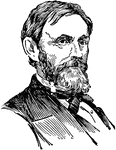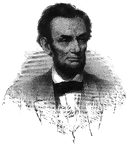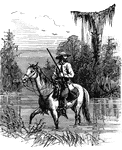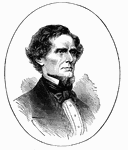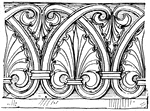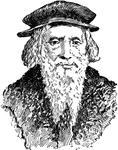
Sebastian Cabot
Italian navigator and cartographer. Sebastian Cabot (c. 1474 – c. December 1557) was an Italian explorer,…
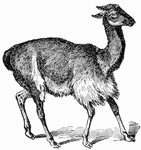
Vicuna
The vicuna is the smallest member of the camel family. It lives in elevated locations in South America.
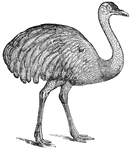
Ostrich
This south American ostrich can not fly, the wings being small; but it is a swift runner, equaling a…

Tapir
Tapirs are found in South America. They have four toes in front and three behind. The snout is prolonged.

Armadillo
Armadillos are native to South America and are classed with the edentata or toothless animals.
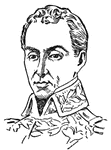
Simon Bolivar
(1783-1830) Simon Bolivar was a patriot for South American Independence. He fought against the Spanish…
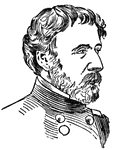
John Charles Fremont
(1813-1890) Fremont was an explorer and general. He was promoted to major-general during the Civil War.…

The Sixth regiment
Thousands of patriotic citizens filled every available space in the big railroad station in Jersey City…

Landing of Captain Bailey and Lieutenant Perkins in New Orleans
Captain Bailey, bearing a flag of truce, put off in a boat, accompanied by Lieutenant George H. Perkins,…

Advance of the Federal Army towards Yorktown
When General McClellan reached Locst Hill, on april 2nd, 1862, he found fifty-eight thousand men and…

Drilling Troops
The influx of Northern regiments of troops into Washington during the early days of the war rendered…

Battle of Pittsburg Landing
Recapture of artillery by the First Ohio and other regiments under General Rousseau, April 7, 1862.…
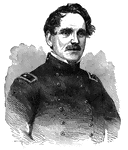
General James Shields
In 1861, he was appointed a brigadier general of volunteers and assigned to the command of General Lander's…
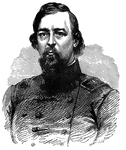
Colonel Everett Peabody
Upon his joining the forces under General Grant the command of a brigade under General Prentiss was…

General John M. Schoefield
He took part in the battles of Resaca, Dallas, Kenesaw Mountain and Atlanta. For his services at the…

Interior View of Fort Beauregard
Fort Beauregard, at Bay Point, on the point opposite Fort Walker, was built of sand and palmetto logs…

Discovery of a Confederate Battery at Messech's Point
The activity of the Confederates on the Potomac and the confluent rivers was almost incredible. In one…
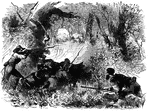
Scouting Party
Scouting party of the ninth Indian volunteers, or, as they were called, "The tigers of the bloody ninth."

Fort Hatteras
View of the camp of the twentieth Indiana Regiment; also of Fort Hatteras and the anchorage at Hatteras…

Evacuation of Corinth
Evacuation of Corinth, Mississippi- Confederate fortifications, from the northern angle, looking south-…

Bivouac of the Eleventh Indiana Volunteers
Our special artist, who accompanied General McClellan's command, sketched the gallant Eleventh Indiana…

Evacuation of Corinth
Evacuation of Corinth, Mississippi- burning of stations, warehouses and supplies- entry of Federal Troops.…

The Great Naval Battle on the Mississippi
First day's bombardment, Federal Schooners off Forts Jackson and St. Philip, commanding the passage…

Arrival of General McClellan
April 5, 1862. The General is arriving to take personal command of the Federal Army in its advance on…
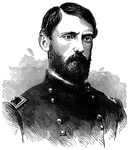
General John Fulton Reynolds
Was in command of the First Corps of the Army at the Potomac and was engaged at Fredericksburg and at…
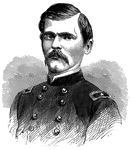
General George C. Strong
At the assault on Fort Wagner, July 18, he was mortally wounded. He was at once removed to New York…
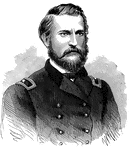
General Godfrey Weitzel
He joined the Western Louisiana campaign, and from May till September, 1864, was chief engineer of the…
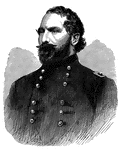
General John Sedgewick
While directing the placing of some pieces of artillery in position in front of Spottslyvania Courthouse…

Fort Pulaski
Fort Pulaski, on Cockspur Island at the entrance to the Savannah River, Georgia, was built by the United…
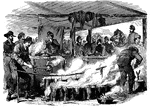
Cooking in Camp
The kitchen of the Fremont Dragoons at Tipton, Missouri. Tipton, which is 38 miles from Jefferson City,…

Camp Lillie
Headquarters of General Freemont, Jefferson City, Missouri, October 1, 1861. Jefferson City is on the…

United States Arsenal at Charleston
At the time this picture was drawn the handsome arsenal of the government of Charleston, South Carolina,…
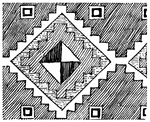
Bolivian Cloth
Bolivian fabric pattern sketched in the American Museum of Natural History in New York.

Company H
"Successful charge of Company H, first Massachusetts regiment (Captain Carruth), on a Confederate redan…
Rappahannock
"The city of Fredericksburg, VA., from the North side of the Rappahannock- from a sketch by our special…
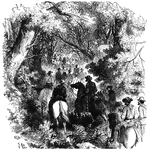
Laurel Hill
"Advance of General Rosecrans's division through the forests of Laurel Hill to attack the Confederate…
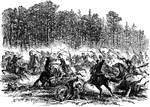
Sixth Regiment
"Gallant charge of the Sixth Regiment, United States Regular Cavalry, upon the Confederate Stuart's…

General Rosecrans
"General Rosecrans, commanding the Department of Western Virginia, surrounded by his staff, at their…

Manassasas Junction
"Manassasas Junction, showing the evacuated Confederate fortifications, abondoned camps and wagons,…

Battle of Cross Keys
"The Battle of Cross Keys- opening of the fight- the federal troops, under General Fremont, advancing…

Shenandoah Valley
"The army of General Fremont on its march up the Shenandoah Valley- wounded and ragged soldiers. Fremont…
!["[African American] drivers of the baggage train attached to General Pleasonton's Cavalry brigade watering their mules in the Rappahannock. General Pleasonton's cavalry was attended by a very efficient forage brigade, consisting of mules and [African American] riders. Our sketch represents their drivers taking them to water at the river. The hard work these animals will endure is something wonderful, and justifies the high estimation in which they are held in the army." — Frank Leslie, 1896](https://etc.usf.edu/clipart/11000/11025/baggagetrain_11025_mth.gif)
Baggage Train
"[African American] drivers of the baggage train attached to General Pleasonton's Cavalry brigade watering…
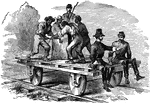
General Burnside
"Traveling in state"- General Burnside on the road from New Berne to Beaufort, N. C.
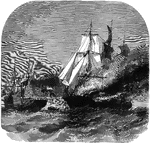
Harvey Birch
"Burning of the American merchantman "Harvey Birch," of New York, Captain Nelson, in the British Channel,…

Gunboat collision
"Desperate engagement, april 24th, 1862, between the United States gunboat "Varuna," Commander Boggs,…
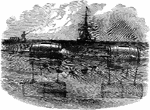
Infernal machine
"Infernal machine designed by the Confederates to destroy the Federal Flotilla in the Potomac discovered…
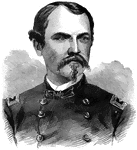
General W. W. Averill
"General Averill, born in Cameron, Steuben County, N. Y., November 5th, 1832, was graduated at the United…
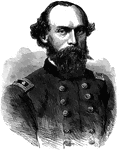
General Gordon Granger
"General Granger, born in New York, in 1821, died in Santa Fe, N. M., January 10th, 1876, was graduated…
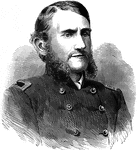
General Judson Kilpatrick
"General Kilpatrick, born near Deckertown, N. J., January 14th, 1836, died in Valparaiso, Chili, December…
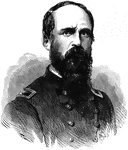
Colonel E. E. Cross
"Colonel Cross, born in Lancaster, N. H., April 22nd, 1832, died near Gettysburg, Pa., July 22nd, 1863.…

